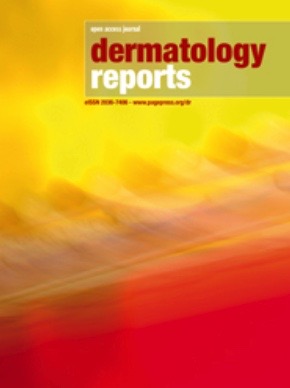Self-esteem, self-perception, and self-image of women with acne vulgaris at different age ranges
All claims expressed in this article are solely those of the authors and do not necessarily represent those of their affiliated organizations, or those of the publisher, the editors and the reviewers. Any product that may be evaluated in this article or claim that may be made by its manufacturer is not guaranteed or endorsed by the publisher.
Authors
Acne vulgaris is a common inflammatory dermatosis and the most common disease affecting the hair and sebaceous unit. It usually localizes to the face and, on average, affects 9.4% of the population. Many patients treated for acne vulgaris experience symptoms of anxiety, depression, and social withdrawal, often accompanied by feelings such as anger. This can be particularly exacerbated when dermatological treatment fails to have the expected effect. Given the significant psychosocial effects of the aforementioned dermatosis, early intervention is crucial. The survey was conducted between September 2023 and July 2024. The participants were patients of a cosmetology and aesthetic medicine clinic located in the city of Katowice, Poland. The Teenagers’ Quality of Life Index (T-QoL) and Self-Esteem Scale by M. Rosenberg (RSES) were used to conduct the survey. The study confirmed the significant impact of acne vulgaris on psycho-social aspects in women of different ages. Acne significantly lowers self-esteem and negatively affects the sufferers’ perception of themselves and their appearance. The impact was shown to be more severe in a group of women over 27 years of age, who exhibited lower self-esteem compared to the younger group. Women with acne often feel the need to hide skin lesions and pay a lot of attention to their appearance, which can lead to reduced quality of life and emotional disturbances. A significant number of women have disturbed self-esteem and negative beliefs about themselves, which may be related to current beauty canons and social pressure for an unblemished appearance. The study underscores the need for a holistic approach to female patients with acne vulgaris, considering both medical and psychological aspects, in order to effectively treat and improve psychological well-being.
How to Cite

This work is licensed under a Creative Commons Attribution-NonCommercial 4.0 International License.








